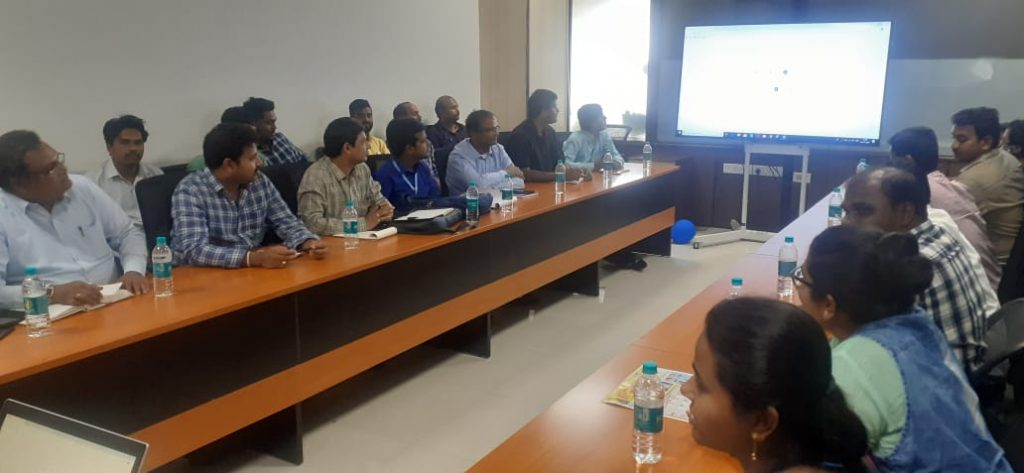Need for training: Reduce the number of dropouts of candidates during class room training, OJT and during employment while maintaining overall quality while delivery of the program

Objective: Improve the overall level of awareness/perception of the center managers towards candidates so that the challenges of dropouts are overcome while the quality of training delivery is improved.
Methods suggested: Center managers are suggested on changing their perception towards the candidates from a liability to an asset as well as changing the program from training oriented to candidate empowerment oriented.
At the outset, it was observed that there was a huge gap in the number of candidates mobilised to the number of candidates who successfully completed 3 months of employment.
During several center inspections, it was observed that most of the PIA’s were focussed primarily on two things:
- Mobilisation, training, placement of candidates
- Adhering to the SOP
In this process, a majority of the PIA’s have totally lost connect with the candidates to the point where the PIA’s and the candidates stopped trusting each other. This lack of trust culminated into a series of cascading issues such as
- There was no clear work distribution at the training center level
- The Center manager by and large was not aware of his responsibilites at his position. He was merely focussed on completing the training and placement targets
- Center managers were not sensitised on the importance of the program. They were immune to the special requirements of these candidates and hence were completing tasks mechanically
- Center managers did not share the vision that the program was conceptualised on.
- Therefore candidates were being mobilised soley with an intention to complete the target
- The center managers did not put any effort to verify the quality of skilling that the trainers possessed nor did they verify the quality of training that was being imparted.
- Though the trainers appointed by these PIA’s necessary met the minimum criteria as laid out in the norms of the program, they did not possess the special set of skills required to empower a rural candidate.
- All the above factors resulted in the candidates loosing complete trust on the PIA to enhance their career and started believed that the PIA was here only for sustenance. As such most of the candidates were enrolling in the program with no set expectations and were dropping out when they faced difficulties/got bored/convinced by the family to come back home.

Having identified all the above, it was decided that the center manager was to be educated on the following components
- Having empathy towards the candidates i.e. understanding the financial, mental and emotional state of the candidate before enrolling for the program. This can be felt only by continuous interaction with the candidate at various levels such as during mobilisation, at the time of commencement of batch, on a continuous basis during the program and during employment.
- Asserting that the trainers provide quality training to the candidates which has a potential to empower the candidates to go on to employment. This can be achieved by continuously monitoring the quality of training delivered by the trainers through analysis of CCTV footage. Also the trainers may be confided on identifying new methods of imparting the knowledge to the candidates such as informational videos, etc.
- Believing a candidate to be an asset rather than a liability. As the center managers mindset gets shifted to treating the candidate as a asset than a liabilty, the level of care and concern towards the candidates at all times such as while training, providing boarding&lodging, providing uniforms, tablets would improve.
- Shifting the focus of the center manager on the program from a training driven to an empowerment driven program. As of now the students are being trained on various trades and subjects whereas they do not possess the required knowledge or skills required to make them confident to become employed. This is evident from the quality of questions that are being asked during internal assessments to the delivery mechanisms of the trainers. Center managers were made aware of the need to empower the candidates and the possible mechanisms that can be used to empower the candidates.
- Having a sense of leadership/ownership amongst center managers. All the center managers were told that before any aspect of the training can be improved, they should first start to believe in the program and themselves, have an empathy towards the candidates, take an ownerhship of shaping the candidates future, take onto themselves to ensure that quality training is delivered. monitor all the activities of a training center on a continuous basis, make reports, take feedback, evaluate and make corrective actions from time to time
Through enforcing the above, the center managers were asked to successfully implement atleast 10 batches without drop outs during training level and while at placement



